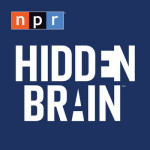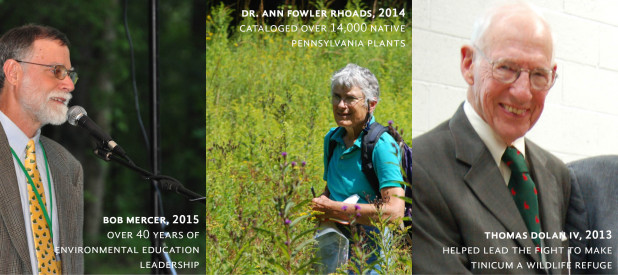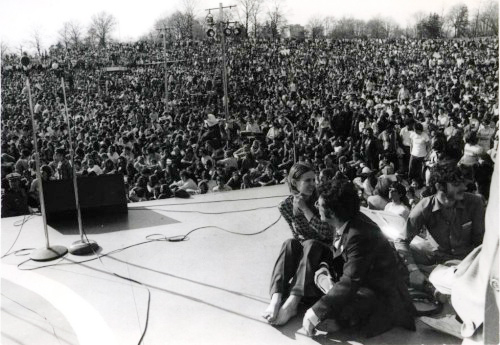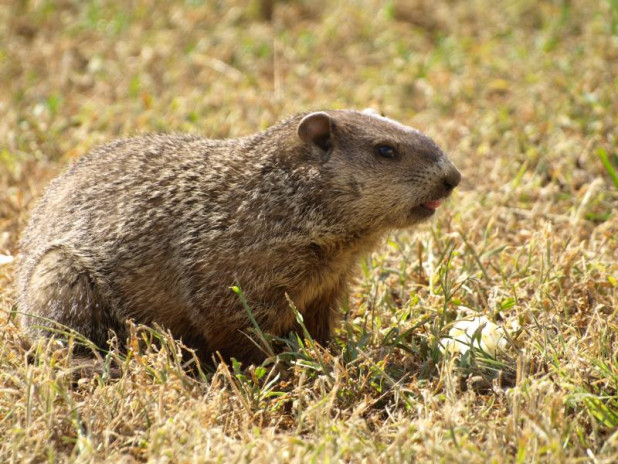March comes in like a lion, the old saw says, but the last thing any of us needs right now is for March to roar in this; after the winter we’ve been through, we’re all completely exhausted by snow and ice. I’ll take a heaping helping of lamb instead, please, thank you very much.
And right now I’ll also take whatever sign of spring I can. Which explains why I ran outside last week when I heard the familiar honking of Canada geese overhead. I looked up, and there they were: two low-flying skeins of geese in beautiful V-formation flying exactly due north– avian compasses telling me spring is coming.
In that same vein, desperately seeking spring, I hiked the Schuylkill Center’s Ravine Loop two Saturdays ago, slogging through the snow and ice in search of the very first wildflower of spring, which blooms right about now, amazingly.
It’s skunk cabbage, named for its large stinky leaves—that strong chemical keeps herbivores like deer at bay. Its leaves aren’t up yet—they come later—but I was looking for its flowers, as the plant blooms surprisingly early, as early as late February. And the flower is tucked inside a small mottled purple hood that resembles something like the Sorting Hat from the Harry Potter universe. Incredibly, this hood is thermogenic, which means it is able to generate heat to melt the snow and ice around it. Temperatures around the hood are as much as 60° higher than the air around it. Crazy, no?
But that purple hood isn’t the flower. No, tucked inside the hood is a Sputnik-like knobby orb, rather Klingon-ish. Those knobs, unsexy as they are, are its flowers. And the flowers reek too, but a different smell, one akin to rotting flesh. This serves a huge purpose: attracting its pollinators, the flies and bees that scavenge on dead and rotting flesh. They crawl into the hood looking for dead meat, crawl over and across the yellow knobs, and accidentally pollinate the flower—a highly effective strategy. The purple mottling of its hood is surprisingly common in the pant world, as lots of plants have learned how to imitate dead flesh as a means of seduction.
And one of its pollinators is a blowfly with the wonderful species name of vomitoria. Need we say more?
Oh, the heat accomplishes multiple functions; it not only melts the ice around it, critical at this time of year, but also helps disseminate the smell. And pollinators are likely to come into the hood seeking the warmth that it generates.
After blooming, its bright green leaves come up as well, some almost two feet long, their cabbage-like appearance lending the plant its name.
As if all this were not cool enough, the plant’s stems remain buried below the surface, contracting as they grow, effectively pulling the stem deeper into the mud. In effect, it is an upside-down plant, the stem growing downward. As the plant grows, the stem burrows deeper, making older plants practically impossible to dig up.
Sadly, I did not find skunk cabbage on that walk—I was just a little too early. So I’m going again this weekend, and invite you to do the trek yourself. Ask our receptionist for a Center map, and hike through the butterfly meadow, turning right and heading downhill on Ravine Loop. The loop makes a big left turn when it hits Smith Run, our lovely small stream, and it’s at that exact corner that you’ll see the skunk cabbage. Turn left to parallel the stream, then look on your left immediately for the wet, soggy, muddy spots—and the hoods will be interspersed in there.
At that same corner and all along this stretch of the Ravine Loop, skunk cabbage will soon be joined by a raft of stunning flowers, the more traditional spring wildflowers with bold colors and big smells that look to entice the first butterflies and bees of spring. They’ve got sweet names too: spring beauty, Virginia bluebell, trout lily, trillium, Jack-in- the-pulpit, Jacob’s ladder, Dutchman’s breeches, Solomon’s seal. Colorful names. And great sights for very winter-weary eyes.
They’re coming, I promise! But for now, come see the first flowers of the coming season. And happy almost-spring.
—By Mike Weilbacher, Executive Director

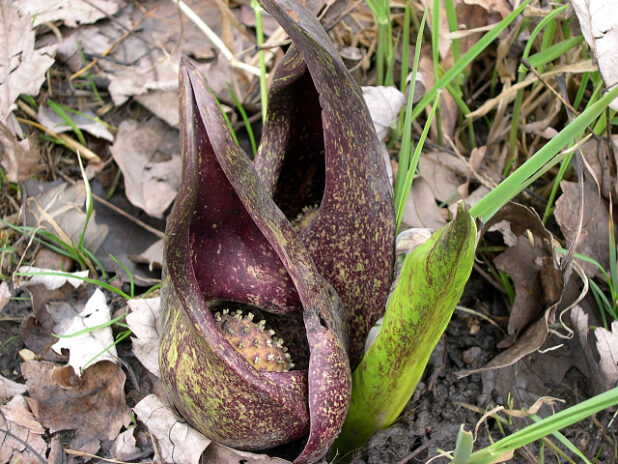
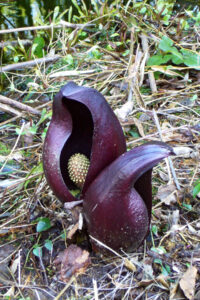
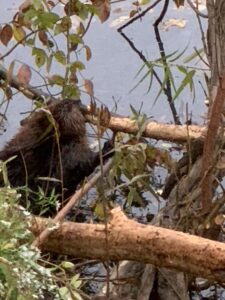 One of the feel-good stories on the environmental scene is the rewilding of large cities like Philadelphia, where suddenly peregrine falcons nest in church steeples and on Delaware River bridges, bald eagles pull large fish out of the Schuylkill River, and coyotes amble down Domino Lane.
One of the feel-good stories on the environmental scene is the rewilding of large cities like Philadelphia, where suddenly peregrine falcons nest in church steeples and on Delaware River bridges, bald eagles pull large fish out of the Schuylkill River, and coyotes amble down Domino Lane.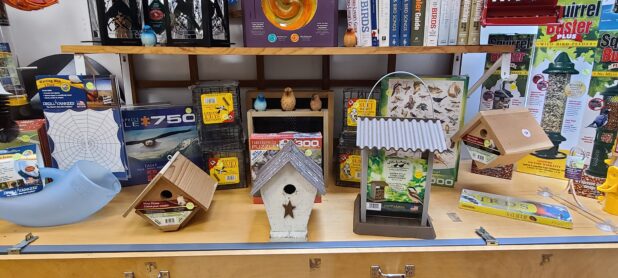
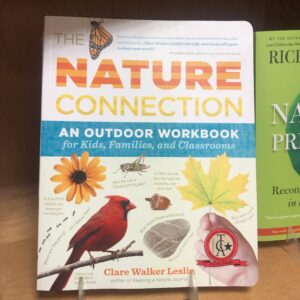
 FOR THE WRITER: Decomposition Notebooks
FOR THE WRITER: Decomposition Notebooks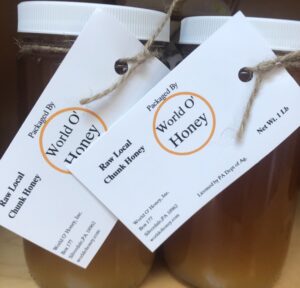
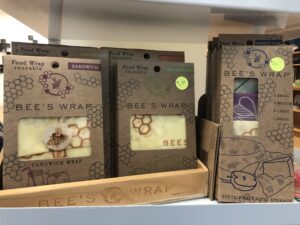
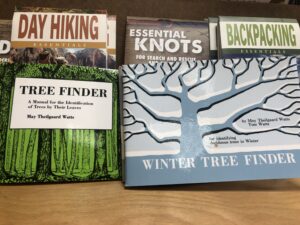 FOR THE NEWBIE-NATURALIST: Tree Finder
FOR THE NEWBIE-NATURALIST: Tree Finder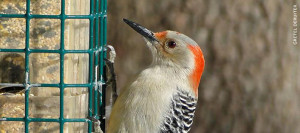 FOR THE BIRDER: Birdseed
FOR THE BIRDER: Birdseed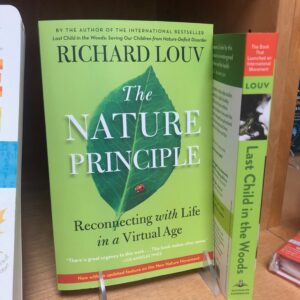
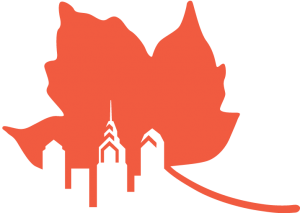
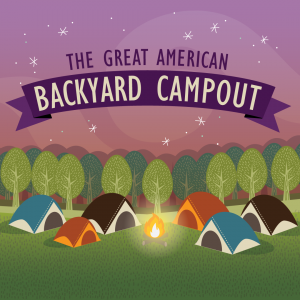
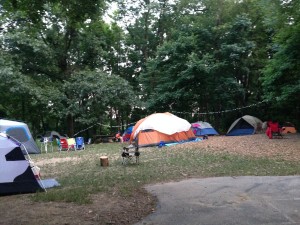
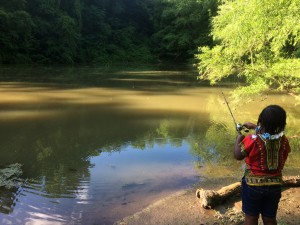



 Code Switch
Code Switch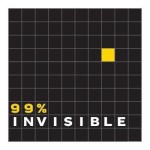 99% Invisible
99% Invisible